The AI Art Wave
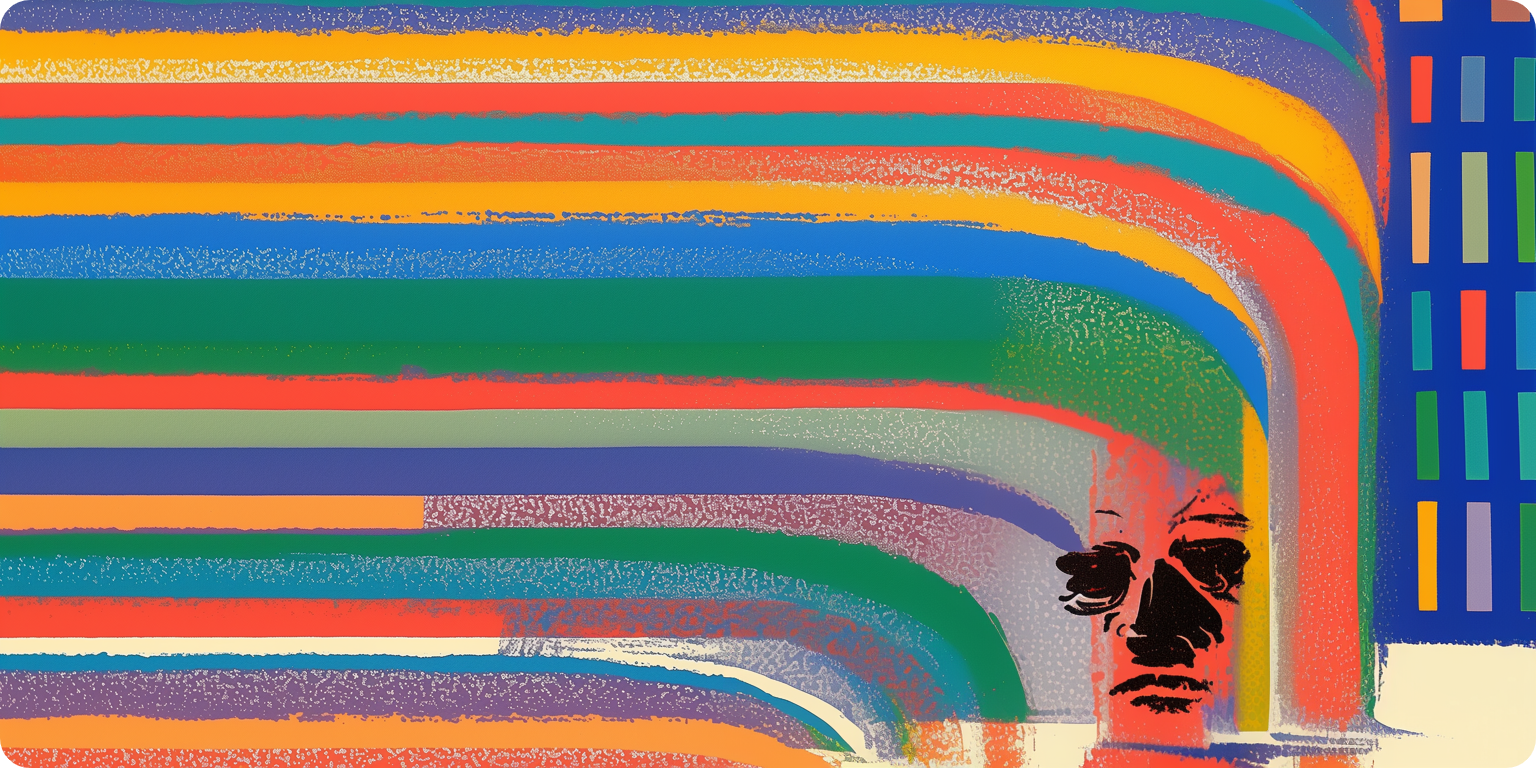
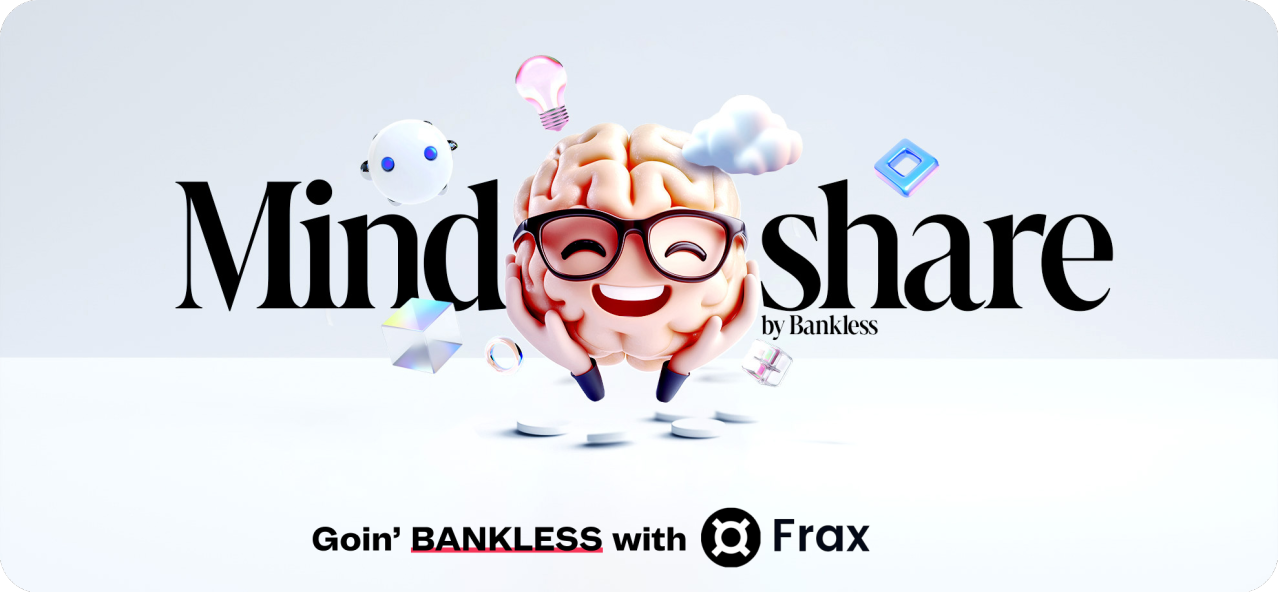
View in Browser
Sponsor: Frax — Fraxtal Ecosystem: Where DeFi Meets AI.

📸 Market Snapshot: Despite all the macro chaos and back-and-forth price action, the overall AI agent market cap is up on the week, with newer launches like Wayfinder having just joined the fray.
Built by the Echelon Prime team, Wayfinder powers autonomous agents that perform onchain actions via simple text commands.
Its native token, $PROMPT, launched yesterday with a rocky start as heavy network congestion and a ~$190K MEV exploit triggered sharp backlash and an initial 68% price drawdown.
Yet developer updates and a public reimbursement plan helped steady the ship, with the token rebounding ~100% today off lows.
$PROMPT will act as gas and be used to propose “Wayfinding Paths," i.e. prebuilt workflows that guide its agents through tasks like yield farming or crosschain swaps. Over time, these paths will make a shared knowledge graph so agents can continuously improve and navigate onchain environments better.
Elsewhere in the land of AI coins, many other tokens ripped this week with dTAO tokens going up only for now, and big runs by $ALCH on Solana and $REI on Base.
There’s so much green out there it’s starting to feel like spring…
| Token prices as of 3pm ET | 24hr | 7d |

|
VIRTUALS $0.53 | ↗ 18.3% | ↘ 3.6% |

|
AI16Z $0.14 | ↗ 5.2% | ↘ 1.4% |

|
ARC $0.03 | ↗ 20.8% | ↘ 17.9% |
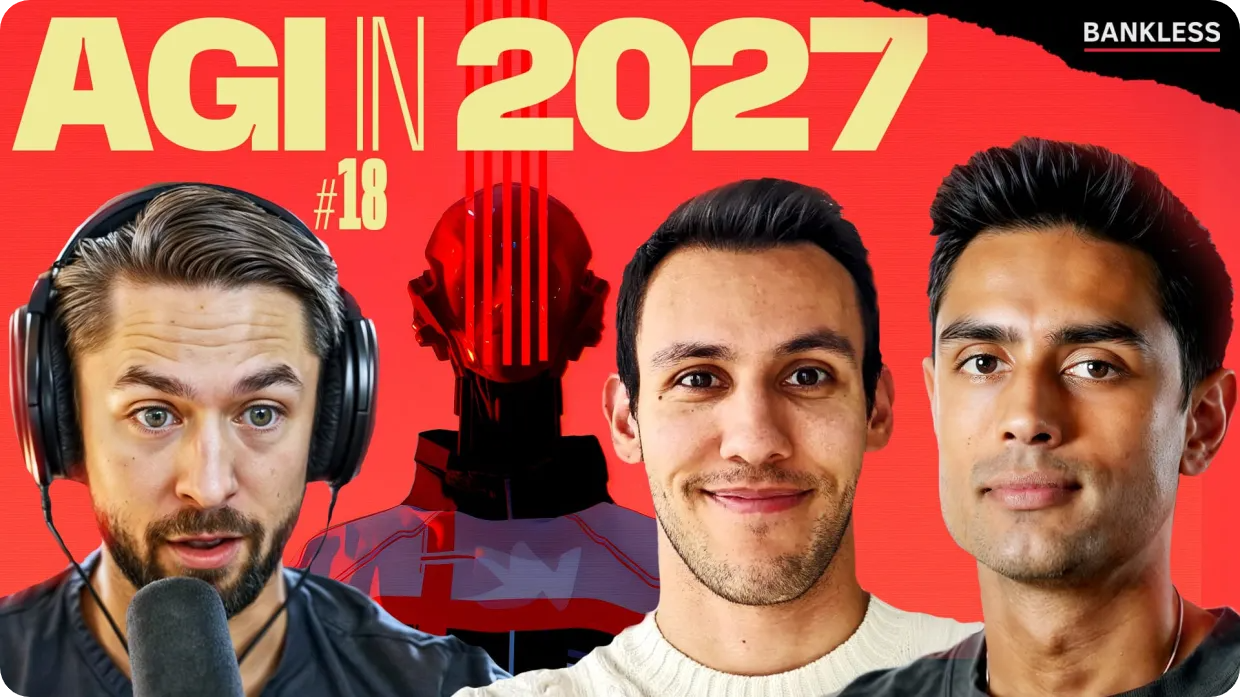
Artificial general intelligence (AGI) in 26 months? Meta’s model accused of cheating? And $20 billion pouring into AI apps?
In this week's Rollup episode, David, Ejaaz, and special guest Josh Kale unpack the latest headlines shaking the frontier here, like Meta’s controversial Llama 4 launch and the new mind-bending “AI 2027” roadmap that lays out a near-future filled with runaway intelligence.
Plus, could a16z’s upcoming $20B megafund supercharge a new wave of "Vibe Creation" platforms?
Don’t miss the breakdown. Watch the full episode now! 👇
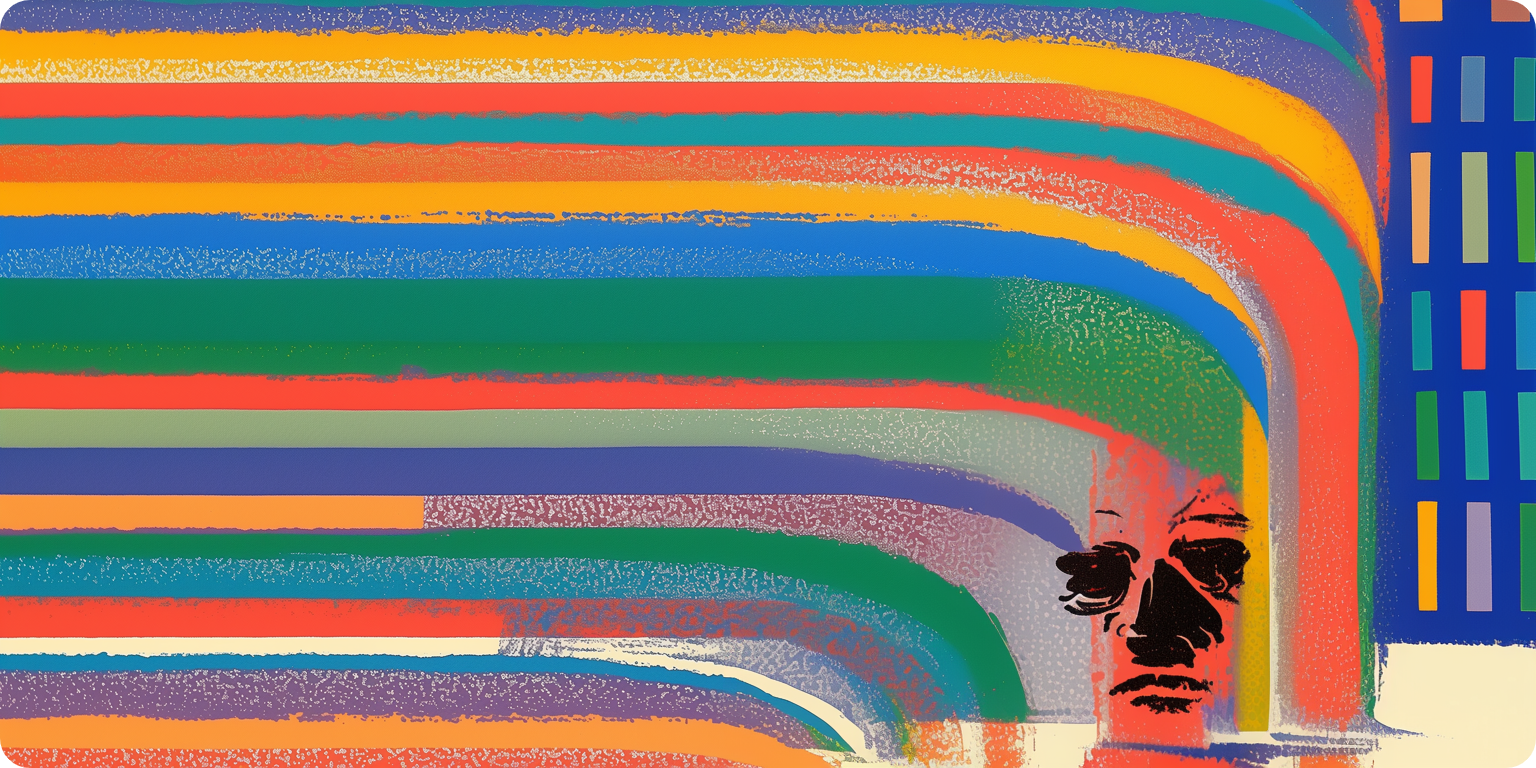
A great wealth transfer is underway. Over the coming decades, Boomers and older generations will pass an estimated +$84 trillion to Millennials and Gen Z.
As that capital changes hands, so too will the standards for what holds and maintains value, the digitizing implications of which we've already begun to see with crypto's growing popularity.
This dynamic is playing out in the art world, too. In 2024, younger collectors made up 25–33% of buyers at major auction houses—more than double their share from five years ago.
For example, Christie's recent Augmented Intelligence sale, the house's first auction dedicated to AI-generated works, drew 48% Millennial and Gen Z bidders, with 37% of registrants new to Christie's.
The sale brought in $728K, beating its $600K estimate, and sent a clear message: this new collector base is more than willing to spend on art made with algorithms and prompts.
Of course, mainstream momentum around AI art didn't begin overnight. Back in 2018, Christie's sold Portrait of Edmond de Belamy for $432.5K, 40 times its estimate, marking the first AI artwork sold at a major auction house.
Then last November, Sotheby's raised the bar when Ai-Da's AI God. Portrait of Alan Turing sold for $1.08M, far exceeding its $120–180K estimate—notable during a year when Sotheby's overall auction sales fell 28%.
While the intensity of this appetite for AI art may be surprising, the fact that it exists in the first place is anything but. With AI increasingly involved in all aspects of our life, a generational attraction to works exploring this reality, which may quickly veer into utopia or dystopia, makes perfect sense.
NFTs and AI Art: A Natural Pairing
Of the pieces in the Augmented Intelligence auction, 25% involved NFTs, and the majority of transactions were processed in crypto, as was last year’s sale of AI God. Portrait of Alan Turing.
It's a trend that's becoming increasingly common. While Christie's—and much of the art world—has been careful to draw lines between AI art, NFTs, and crypto, in practice, they're deeply intertwined.
NFTs offer a native way to monetize, track, and resell digital works, like AI art. Additionally, many leading AI artists first gained recognition through NFT platforms, demonstrating how NFTs have long been the connective tissue for artists exploring technology and art.
They also align with the sensibilities of younger generations’ collectors who favor nontraditional collectibles like sneakers, rare tech, or streetwear—all items which blur the lines between art, asset, and identity, just as NFTs do.
Yet NFTs also offer more accessibility (both in handling and in price) than traditional blue-chip art. And according to Artsy's 2024 report, 82% of collectors under 37 have purchased art online, underscoring a digital-first approach.
On Cultural Alignment
These preferences didn't come from nowhere.
Younger generations have weathered economic volatility, rising housing costs, and a steady erosion of trust in traditional institutions. The 2008 financial crisis, in particular, exposed deep flaws in the system and pushed many toward alternative tools, including crypto.
This skepticism of legacy systems and fluency in digital platforms shapes how these generations approach art. It makes sense that people drawn to frontier tech would be particularly receptive to art that explores AI and that uses NFTs as the medium, or a component, for doing so.
In this context, NFTs represent far more than a gimmick—they're internet-native infra that embodies these generations' attitudes towards ownership, investment, and cultural participation, while offering the increasingly important transparency that younger collectors desire.
In other words, the crossroads of AI art and NFTs resonates with this demographic because they're:
- ⬆️ Emerging — Still defining their place in the art world
- 🤖 Relevant — Reflecting the role of technology in daily life
- 🌐 Digitally integrated — Offering accessibility and portability
- 💎 Aligned with crypto — AI art can function both aesthetically and as onchain assets
Furthermore, even as the speculative NFT boom cooled, auction sales of AI and generative art hit a new high in 2023. Recent research reports that 40% of collectors plan to increase their AI art buying, suggesting a generational shift is in the works.
The Artists Shaping the Movement
While there are many creatives breaking ground here, some of the largest names include:
- Botto — A decentralized, autonomous AI artist governed by a DAO with over $4M in sales
- Claire Silver — Pioneering AI artist with work in LACMA who has shown at Christie's and the Louvre
- Ivona Tau — A generative artist whose work blends technical precision with abstraction
- Pindar Van Arman — Uses neural networks to train machines that paint in his style
- Refik Anadol — Creates immersive installations built from data and machine learning
- Roope Rainisto — Finnish AI artist blending photography and generative tech to explore the surreal boundaries of reality and virtuality
The Future of Collecting
The rise of AI art NFTs isn't just about hype or novelty or tech for tech's sake.
It's about a new generation of creators and collectors—shaped by economic instability, steep entry barriers to traditional wealth, and a deep familiarity with digital systems—gravitating toward a medium that reflects their worldview.
If those instincts hold, art with AI as the subject matter and NFTs as the medium may be the format best aligned with where the market is headed.
AI art captures the moment we're living through: a time when machines collaborate with creators and boundaries between process and product blur. NFTs make that culture collectible by offering ownership that feels native to how this generation navigates both art and finance.
Together, they form an artistic venue tuned to Millennial and Gen Z sensibilities. And given this alignment, as younger collectors gain purchasing power and cultural influence, auction houses and galleries are likely to lean harder into this category—experimenting, adapting, and ultimately helping it scale.
Plus, other news this week...
🤖 AI Crypto
- Coinbase listed Wayfinder's $PROMPT token
- Flaunch is now integrated in Base's AgentKit
- Jonathan Mann released an autonomous songwriting AI, Hugh Mann
- Ohara apps now double as Farcaster Mini Apps
- Wayfinder opened $PROMPT claims
📣 General News
- ChatGPT can now reference all your past chats
- Google released Firebase Studio, a whitepaper on prompt engineering, and its Agent2Agent Protocol
- Krea announced Stage, a new AI tool for creating 3D scenes
- Meta introduced its Llama 4 models
- Microsoft found top AI agents still fail at debugging tasks humans handle with ease
- Midjourney added remixing supports to its new V7 model
- OpenAI opensourced BrowseComp, a benchmark test for browsing agents
- Perplexity launched @askplexbot on Telegram, offering free AI chat, translation and code tools
- Pika unveiled Twists, a new video manipulation feature
- Shopify made AI proficiency mandatory for employees
- Thinking Machines Lab is reportedly raising $2B at a $10B+ valuation, one of the largest seed rounds ever
- xAI released Grok-3 via API
📚 Reads
- Kaito's InfoFi Vision — Yu Hu
- Voice AI & Voice Agents - Kwindla Hultman Kramer et al.
- How People Are Really Using Gen AI — Marc Zao-Sanders

The Fraxtal ecosystem is expanding at lightning speed—this month’s biggest highlight is IQAI.com, the newest Agent Tokenization platform from IQ and Frax. IQ is building autonomous, intelligent, tokenized agents launching on Fraxtal in Q1. Empower onchain agents with built-in wallets, tokenized ownership, and decentralized governance—all within a fast-growing Fraxtal ecosystem.
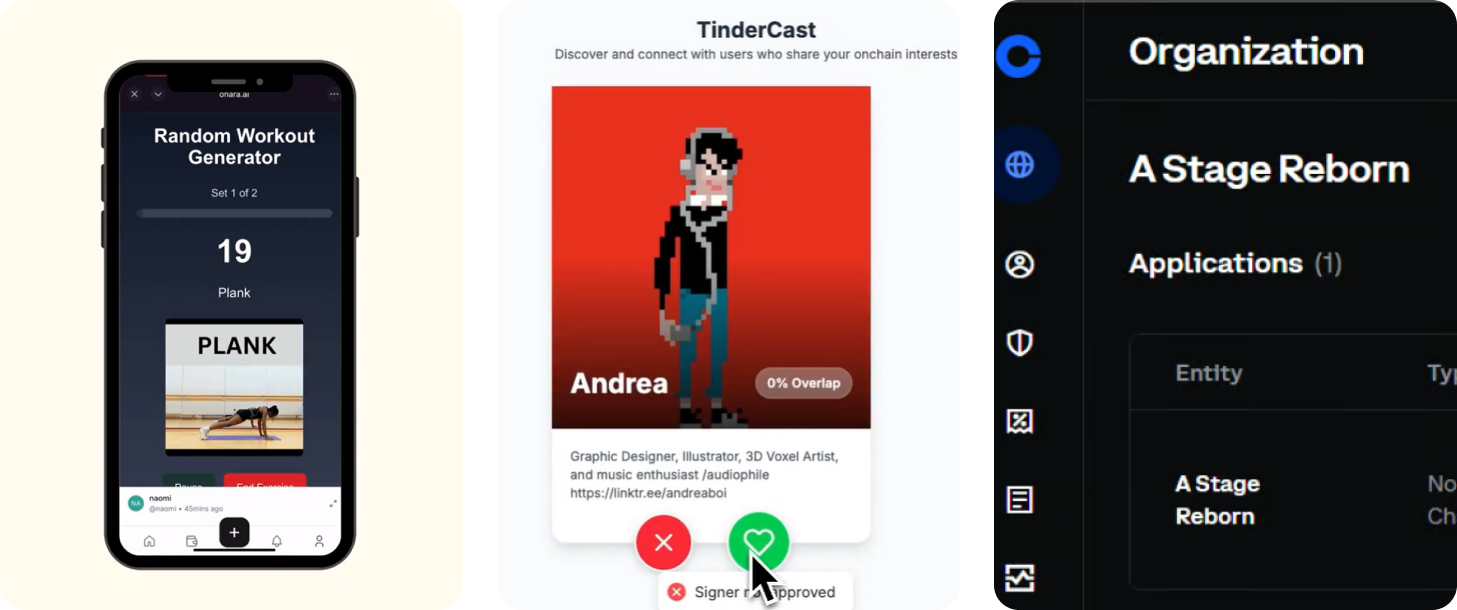
Spotlighting cool, quick builds of the past week, made with AI + vibes:
- 💪 Naomi built a Random Workout Generator as a Farcaster mini app using Ohana AI
- 🔍 0xDesigner built a Tinder-like discovery tool for Farcaster users to find people with similar interests
- 💸 pederzani.eth built a fee-less Farcaster mini app for donating crypto, with auto-generated receipts and tax support